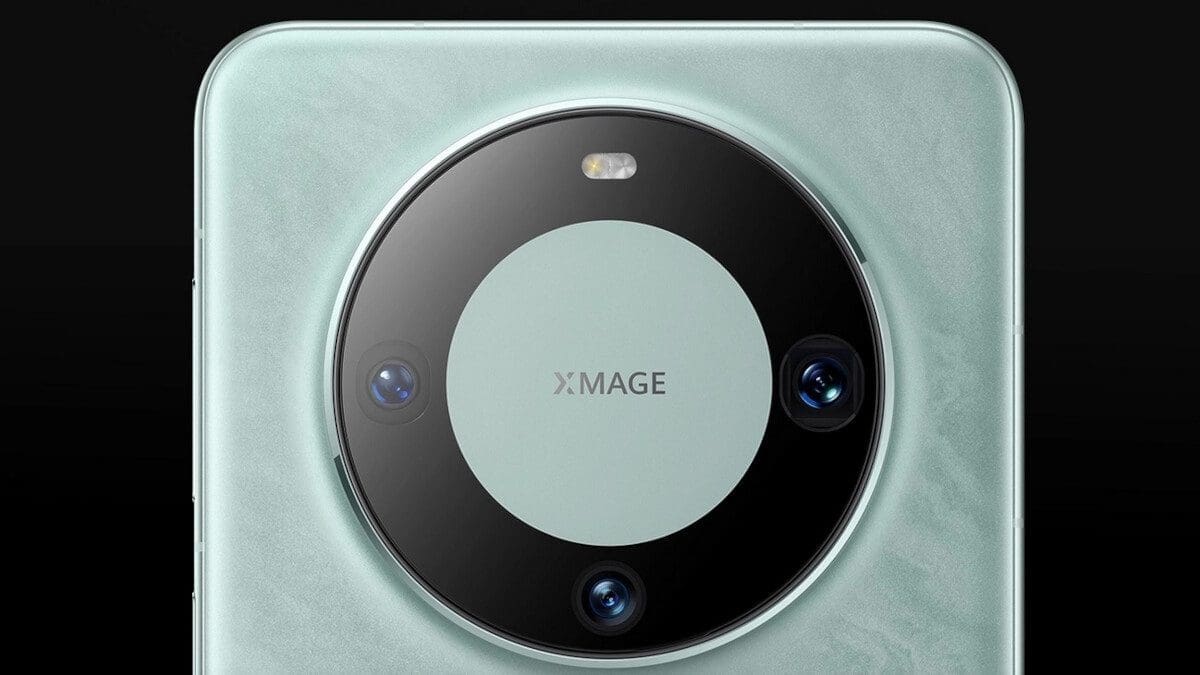Last week, Huawei made a significant move by launching its latest flagship phone, the Mate 60 Pro. This is a noteworthy achievement for the company, considering the challenges it has faced since 2019 when it was on the verge of overtaking Samsung as the world’s leading smartphone manufacturer. The United States has imposed several restrictions on Huawei, labeling it a national security threat.
One of the major obstacles Huawei has encountered is being placed on the Entity List, which restricts the company from accessing its U.S. supply chain without special licenses. This meant that Huawei had to find alternatives to work with Google, leading to the development of its own operating system, HarmonyOS. Additionally, Huawei was banned from receiving cutting-edge chips from any foundry that uses U.S. technology.
Despite these hurdles, Huawei managed to secure permission to license 4G versions of Qualcomm’s chipsets, which powered its previous flagship devices, the Mate 50 and P60. However, earlier this year, a tipster on Weibo predicted that Huawei would surprise everyone by releasing a new phone in the second half of the year featuring a homegrown Kirin chip.
To everyone’s surprise, including that of the tipster, it was recently discovered that the new Mate 60 Pro indeed incorporates a Kirin application processor (AP) manufactured by HiSilicon, Huawei’s chip design firm. The specific chip used is the Kirin 9000s, which features a 12-core design. An app analyzing the phones confirmed the presence of the Kirin 9000s on the Mate 60 Pro.
The configuration of the Kirin 9000s includes two Cortex-A34 low-power efficiency CPU cores, six customized Cortex-A78AE CPU cores, and four Cortex-A510 efficiency CPU cores. The chip boasts a clock speed of 2.62GHz and is equipped with the Maleoon-910 GPU. The AnTuTu benchmark score for the Mate 60 Pro using the Kirin 9000s was 699,783. Huawei, however, has remained tight-lipped about the details of the chip, except for describing the phone as the “most powerful Mate model ever.”
While the Mate 60 Pro’s performance seems impressive, it is worth noting that it falls short compared to the Snapdragon 8 Gen 2 for Galaxy AP used in the Galaxy S23 Ultra, which scored 1,556,351 on the AnTuTu benchmark.
It is intriguing to ponder the mystery behind Huawei’s ability to produce its own chips given the limitations it faces. SMIC, the only chip manufacturer in China capable of meeting Huawei’s requirements, is hindered by technological constraints. The company is unable to import the necessary equipment for producing cutting-edge chips on par with TSMC and Samsung’s advanced nodes. For example, the upcoming iPhone 15 Pro models will be powered by chips produced using a 3nm process node.
Some speculation suggests that SMIC could be building the chip using its N+2 (7nm) node, but this would be a challenging task without EUV lithography, an essential component of the chip manufacturing process. However, Huawei is believed to be exploring alternative methods, such as optoelectronic wafers, to bypass the need for EUV lithography. The company has also filed patents related to EUV components and the lithography process itself.
It remains a mystery as to why Huawei has kept the development of its Kirin chipsets under tight wraps. This should be a moment for the company to showcase its achievement in overcoming the challenges posed by various countries that seek to undermine its smartphone business.










